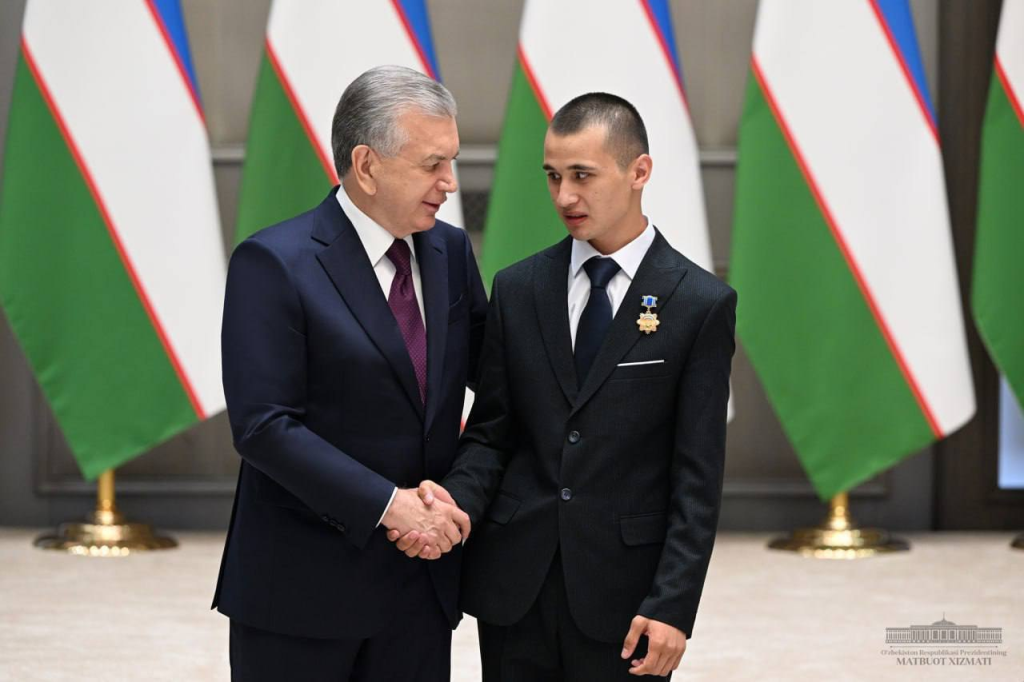
“Geoment Abacus” Device for Visually Impaired Children: An Innovative Approach in Geometry and Mental Arithmetic Education
Author: Islomov Inomjon Umidjon o‘g‘li
Student at the National University of Uzbekistan named after Mirzo Ulugbek
inomjon21022006@gmail.com
Keywords: Geometry, Mental Arithmetic, Visually Impaired Children, Inclusive Education, Geoment Abacus, Sensory Technology, Innovation.
Abstract
This article analyzes the scientific and practical aspects of the interactive device project “Geoment Abacus” designed for visually impaired children. The device offers the opportunity to teach the basics of geometry and mental arithmetic through tactile perception. The article justifies the device’s effectiveness based on international experience, educational psychology, and inclusive education methodologies. It examines the challenges faced by visually impaired children in mastering geometry and mental arithmetic and outlines how the innovative “Geoment Abacus” can improve the effectiveness of teaching these subjects. The structure, functionality, and pedagogical value of the device are explained, with analyses based on practical trials.
1. Introduction
When the education of visually impaired children is delivered through traditional methods, they often face significant difficulties with subjects that heavily rely on visual materials, such as geometry and arithmetic. According to the World Health Organization (WHO), approximately 285 million people worldwide have vision impairments, including about 19 million children [1]. This global issue necessitates specialized approaches within education systems.
2. Description of the Geoment Abacus Device
The “Geoment Abacus” is an interactive device designed to teach geometry and mental arithmetic to visually impaired children using physical models. With this device, children can understand different geometric shapes through tactile interaction. For mental arithmetic, it uses a traditional abacus format adapted into a tactile version with distinguishable features.

3. Scientific Foundations and International Experience
3.1. Tiflopedagogy and Haptic Learning
Tiflopedagogy is a specialized branch of pedagogy focused on teaching individuals with visual impairments. Research has shown that haptic (touch-based) teaching methods help visually impaired children develop imagination, spatial thinking, and the ability to navigate complex problem-solving situations [2].
3.2. International Experience
Similar approaches have been employed globally, such as the “Tactile Geometry Kit” developed by the Perkins School for the Blind in the United States and Japan’s “Feel Shapes” project. These devices allow students to understand shape, dimension, and spatial relationships through touch. Such tools have increased interest in STEM fields among visually impaired students [3].
4. Composition and Technical Description of the Device
The initial production cost of the Geoment Abacus is approximately 1 million UZS, with serial production estimated at around 470,000 UZS. The device includes:
- A variety of tactile (raised) geometric models;
- Tactile abacus elements – sticks designed for tactile differentiation;
- An audio assistant guide for learners (planned in future versions).
5. Expected Outcomes
By piloting the project, the following results are anticipated:
- Enhanced imagination and spatial reasoning among visually impaired children;
- Increased interest in geometry and arithmetic;
- Development of independent thinking and problem-solving skills through tactile learning.
6. Pedagogical and Psychological Approaches
The Geoment Abacus is tailored to the multisensory learning styles of visually impaired students. It enhances independent thinking, memory, and the development of formal concepts, contributing positively to both cognitive and emotional learning processes.
7. Conclusion
The Geoment Abacus represents not just a technological innovation but a step toward social equity. Its implementation can open new doors for visually impaired children in STEM education. Grounded in scientific principles and supported by international experience, such initiatives play a vital role in advancing inclusive education in Uzbekistan.
References
- World Health Organization (WHO). (2019). World Report on Vision.
- Jones, L.A., & Lederman, S.J. (2006). Human Haptic Perception: Basics and Applications. Springer.
- Smith, D.W., Kelley, P., & Hauser, P.C. (2015). “Tactile Learning for Blind Students in STEM.” Journal of Special Education Technology, 30(4), 195–204.
